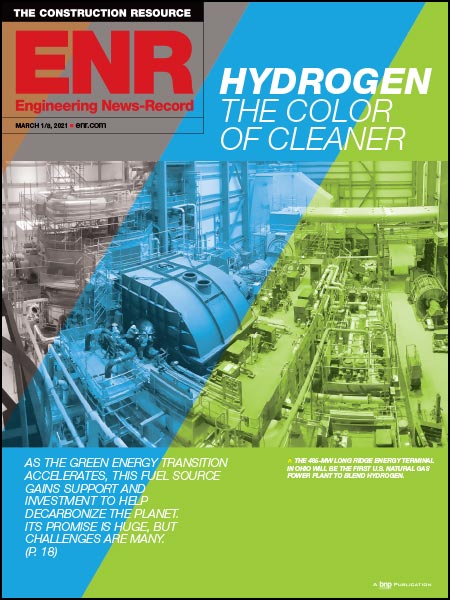The U.S. Supreme Court on June 23 said that the Environmental Protection Agency had exceeded its authority when it rewrote sections of the Clean Air Act to regulate greenhouse gas (GHG) emissions from large stationary sources.
Nevertheless the court also upheld EPA’s authority to regulate GHG emissions for the largest sources of air pollution.
The ruling means that EPA does not have the authority to regulate powerplants, refineries, and other large emitters of pollutants under CAA’s Prevention of Significant Deterioration (PSD) or Title V provisions simply because they emit large quantities of carbon dioxide and other greenhouse gases. But stationary sources that would already be regulated under the PSD or Title V program can still face GHG emission limits, the justices wrote.
The ruling could have implications for construction because it could affect the types of air pollution controls that are used on powerplants and refineries.
At issue in the case was EPA’s decision to rewrite sections of the CAA to allow some smaller powerplants and refineries from being required under the law to reduce greenhouse gas emissions. In 2010, EPA enacted the “tailoring” rule to focus its efforts on the largest emitters of greenhouse gases.
But Associate Justice Antonin Scalia, writing for the court, said EPA did not have the authority to rewrite sections of the CAA.
“EPA’s interpretation is … unreasonable because it would bring about an enormous and transformative expansion in EPA’s regulatory authority without clear congressional authorization. When an agency claims to discover in a long-extant statute an unheralded power to regulate [a significant portion of the U.S. economy] we typically greet its announcement with a measure of skepticism.”
However, the court upheld EPA’s authority to regulate greenhouse gases under the PSD and Title V programs for facilities that already fall within the criteria for those programs. The PSD and Title V programs require facilities to use “best achievable control technologies (BACT) to reduce emissions.



